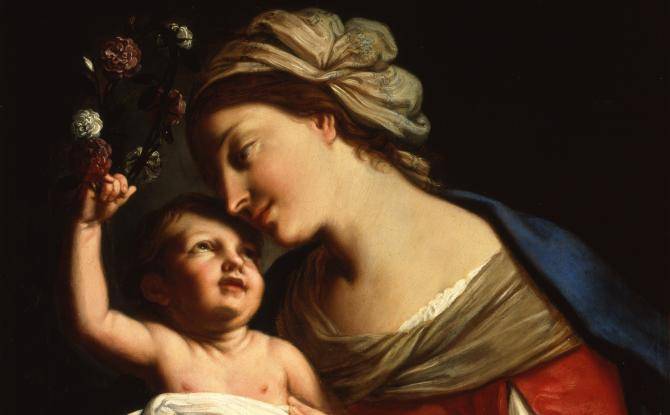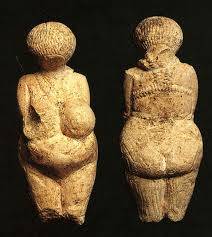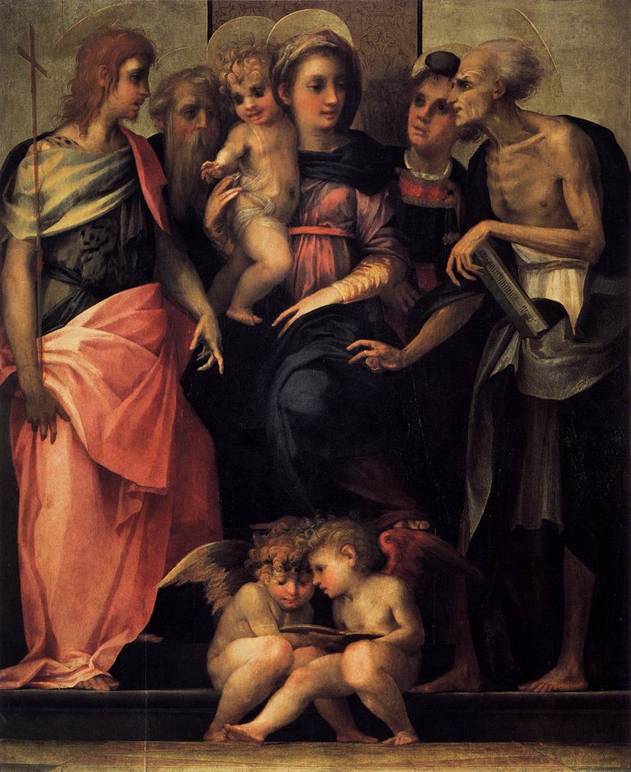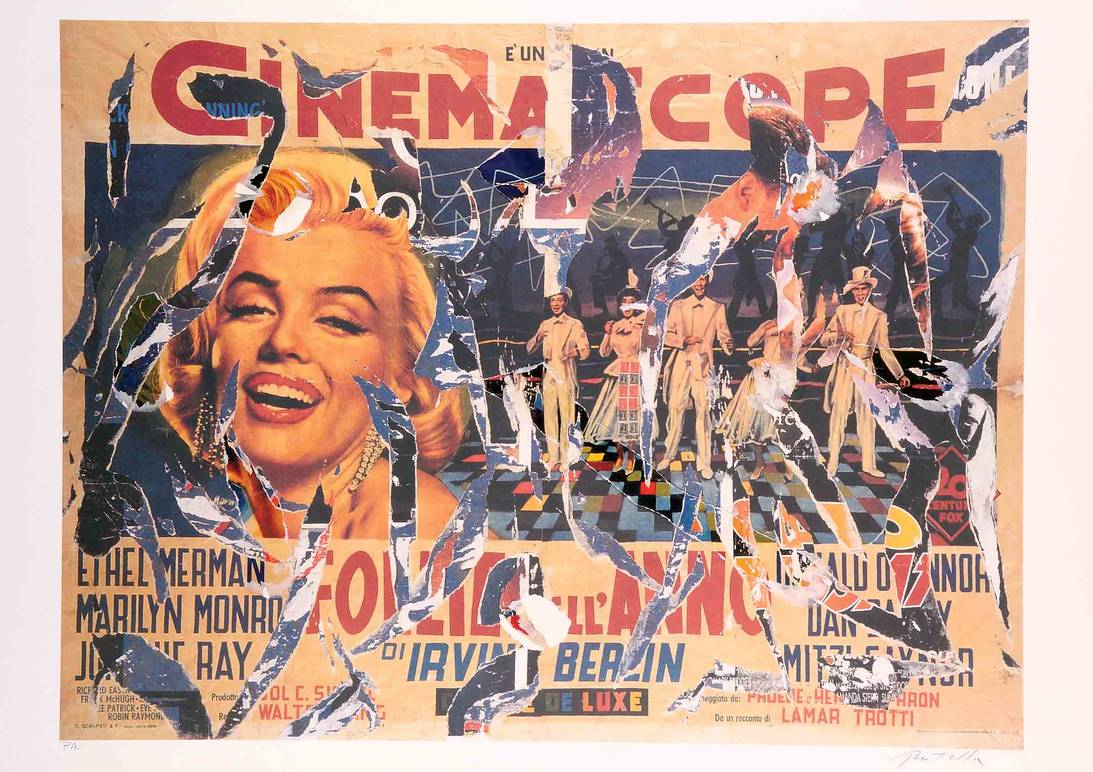"Mater, Maternity in Art" Exhibition Explores the Importance of the Maternity Figure
“Mater, Maternity in Art” is an exhibition designed to symbolize a journey through the awareness and understanding of the maternal figure not only biologically, but in cultural, societal, and religious aspects as well. The project also looks at the role of motherhood in Mediterranean culture.
The exhibition is to be shown in the Parma Governor’s Palace from March 8 to June 28. It will include 170 works from important Italian artists, such as Pinturicchio, Veronese, Moretto, Giacometti, Pistoletto, and Bill Viola.
The idea to create an exhibition demonstrating the archetypal and ancestral maternal figure began with Elena Fontanella, an Italian archeologist and journalist. She also helped curate the exhibition, alongside Annamaria Andreoli and Cosimo Damiano Fonseca. The project is promoted by the Parma municipality.
“Mater, Maternity in Art” explores the mysteries of life and procreation as it has been represented in art. Art is a form of perception and interpretation, and the works chosen for this exhibition represent human understanding of motherhood and the creation of life, separated into four different sections.
The first section displays prehistoric figurines, including Paleolithic Venus figurines. Sometimes referred to as “steatopygian Venus” figures, these women have accumulated adipose tissue in the buttock region. Among the Khoisan, a tribe from Africa, it is considered a sign of beauty. Women are more likely to form this characteristic than men. It begins in infancy and fully develops at the first pregnancy. These figurines are considered mother-goddesses. The other prehistoric figurines include those from Greek and Roman mythology. The Venus of Savignano, from Rome’s Pigorini Museum, will be showcased at the exhibit.
Viewers of “Mater, Maternity in Art” will also have the privilege of seeing the Ephesian Artemis from the Vatican Museums, frescoes from Pompeii, a tablet with a birth scene from the first century AD from the Naples Archeology Museum and a basalt bust of the goddess Isis from Florence’s Egyptian Museum. Isis was worshipped as the ideal wife and mother. Finally, there will be a third century statue of Persephone from the Lucera Civic Museum.
The second section begins to look at the religious, spiritual, and transcendent aspects of maternity. This section is inspired by the Council of Nicea, convened by Emperor Constantine I in 325 AD, when Christian bishops officially recognized Mary as the mother of God. It showcases Byzantine icons, and the artworks span from the 14th to the 17th centuries. Most important are the Virgin and Child works by Rosso Fiorentino, Filippo Lippi, Andrea Mantegna, Pinturicchio, Tiepolo, and Veronese.
In the third section, there is a shift from Holy to Bourgeois Motherhood and how the family changed in the nineteenth century.
The fourth section covers the 20th century. The figure of the mother is no longer held back by the purity and piety of the past. She is now a woman freed from representations as solely mother, and is facing daily life as a human being. Artists have been searching for a new female archetype, such as Mimmo Rotella, Michelangelo Pistoletto, Max Kuatty, Bill Viola and Matt Collishaw.
This beautiful exhibition not only demonstrates the mother figure’s importance at the beginning of life, but in the internal growth of the individual and humanity. The symbol and sacredness of maternity has existed in the minds of human beings since their beginning, and is still present today, both consciously and unconsciously. This is true in civilizations all over the world.
In today’s society, the figure of maternity and motherhood represents a strong and incorruptible connection. The mother is always depicted as an essential role model. Both ancient and modern works of art address the miracle of life. “Mater, Maternity in Art” brings up important questions for future generations regarding what family means and will continue to mean in the future.





































i-Italy
Facebook
Google+
This work may not be reproduced, in whole or in part, without prior written permission.
Questo lavoro non può essere riprodotto, in tutto o in parte, senza permesso scritto.